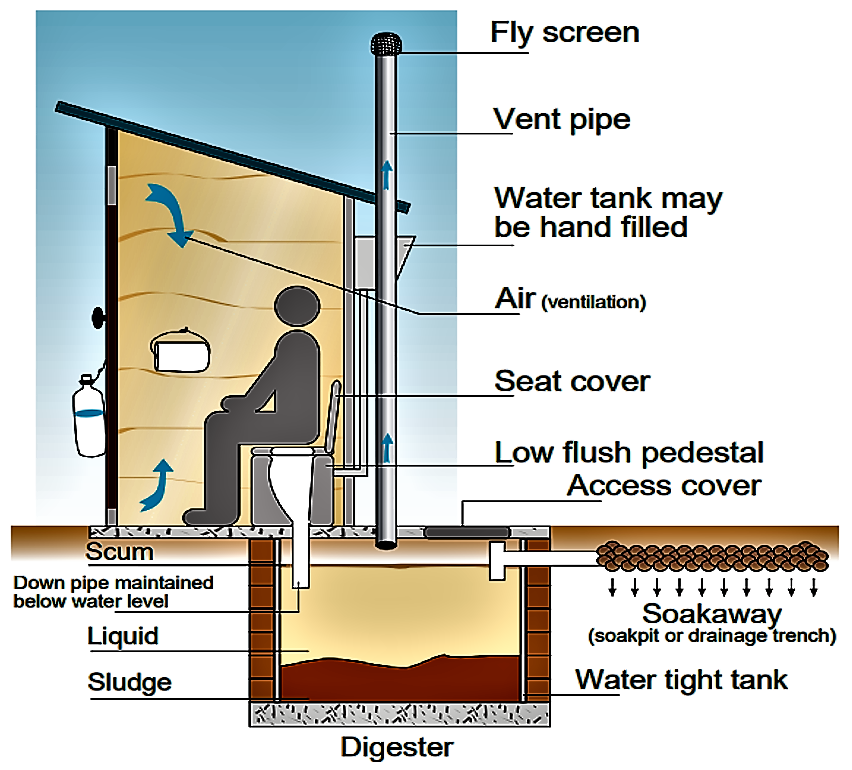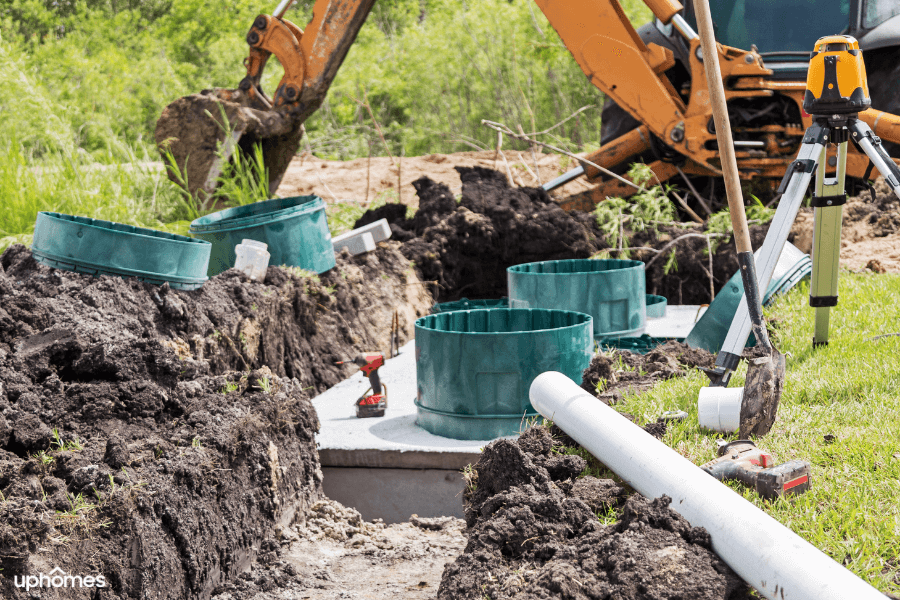Rural areas might not have access to sewer systems for municipal use. You'll need a private water treatment facility to cleanse and dispose of your waste. This is why those who live in rural areas or have no access to municipal sewage systems must get one installed before they move. There are many options for the home septic tanks. However they all accomplish exactly the same job. They take away waste from our homes and filter out harmful contaminants before releasing pure water into the surface water. The majority of costs are based on capacity and size requirements- larger ones being capable of reducing the frequency at which everyday chores are needed due to less excess liquid that is produced each day than smaller models would require.
How Much Will An Septic System Cost?
The traditional septic tank is an outdated system that doesn't function as it did in the past. It's possible to spend anywhere from $2,500 to $5K in the United States, including permits to install. If cost isn't an issue for you There are two types of anaerobic septic tanks. A better alternative is to buy one of these latest "septic" systems. Although they're more expensive than other systems, they'll last for a long time and require little maintenance since you don't need to water them every few years.
Aerobic systems require oxygen. This speed up the process of decomposition and creates a cleaner and healthier wastewater. It could even be utilized to water your garden (if there's no other source). Anaerobic food takes less space as it takes about half the surface area to leach as opposed to traditional systems. But, it does come with the cost of around 13000 dollars USD for each 1,000 gallons processed through treatment tank annually. Check out the top rated how does a septic system work for recommendations.

How Much Does A Septic Tank Cost?
They can be constructed out of polyethylene or plastic. They are also lightweight and inexpensive. A typical price for a 1,000-gallon tank is about 11 hundred dollars. But, they could leak when pressure is applied to them in some US states. This restriction was in response to damaged tanks. This can lead to expensive repairs and can cost more than you have saved on the initial installation cost. The concrete septic tank, a tried-and-true workhorse, can last for decades without the need to replace it. The tanks are known to crack, but cracks aren't likely to be very severe if they appear at all; it's important to note that this kind of tank has its own disadvantages, such as a higher initial cost - about twelve hundred dollars per 1,000 gallon in normal conditions. Fiberglass tanks are a desirable option for homeowners looking to cut costs, yet can be installed easily. They're smaller than concrete and plastic tanks, which are difficult to install with limited space. This means your home will be more light and less weighty than other alternatives, for instance stainless steel.
What Does That Mean To Me Personally?
It can be hard to understand the elements that influence the cost of your tank. Understanding the options at your disposal for installation and the costs of each is an essential factor to consider when making this choice. NexGen Septics has done all the work for you! We offer complete information on everything, soil preparation through the cost of maintenance. This plays an important aspect in determining the costs of installing new systems. See the top rated how does a septic work for examples.

Septic Systems Types
It's not easy to select the best septic pump for your needs. The type you choose can influence the cost of the system, as well as the treatment method employed and the amount of space you can put it in. The two most widely used types are:
1.) Anaerobic Septic System
A septic system does not require electricity to function. Anaerobic bacteria is the type of bacteria they utilize to digest and eliminate contaminants from your water supply. Once they have exhausted all nutrients, they then eliminate them from other sources like the plumbing fixtures in your home or even human excrement. The type of system can be set up easily with costs ranging anywhere between $2k and 5K depending upon what you want-whether a simple design, include options like a larger pumping capacity, etc. Installation is straightforward and anyone who is proficient in repairs at home should be able to complete it.
2.) Aerobic Septic System
Aerobic systems use aerobic bacteria in order to displace wastewater from the septic tank. The effluent and the timer are a pair that can boost the process. However, water won't overflow onto your lawns or your crops as anaerobic tank would. The price of these modern toilets ranges from $13k to $26K. This is a fraction of the cost of traditional pit toilets.
Septic Tank Types
There are three kinds of concrete: gravel, concrete and plastic. Additionally, there are fiberglass-based septic tanks. They're lightweight, but strong enough to withstand harsh conditions such that it is utilized on farms and other locations where water pumps can move around. Concrete is another choice because of its weight, which ensures stability and doesn't make your home fall over when it's submerged by rainwater. Also, these durable yet lightweight bags of polyester are available almost everywhere these days - they're great for people who live near urban limits due to urbanization. Have a look at the recommended how does the septic system work for more.

Plastic Septic Tanks
Although septic tanks can be beneficial in managing waste, it's important to choose one that will last. Polyethylene is the lightest and cheapest kind of septic tank that available. However, they're also likely going break or crack at some point though! To prevent this from happening with polyethylene toilets , there have made advancements in the plastics that strengthen them more than before. However, if they aren't filled correctly then these types could be banned in certain areas such as California (where we live). The cost of 1000-gallon models is dependent on the area you want to place them.
Fiberglass Septic Tanks
Fiberglass tanks are less heavy than other types, easy to install , and less prone to algae growth. They also don't expand or shrink, and prevent fractures from forming in the tank as time passes unlike porous materials like clay-based soil systems like. Costs for fiberglass can differ based on their size. However, they typically cost $1600-$2000 for 1000 gallon capacity. Additionally, there is a 1 500 gallon capacity option where prices increase approximately 50% to 100%.
Concrete Septic Tanks
Concrete septic systems last for a long time and robust. The 1,000-gallon model is approximately $1200, while the 1500-gallon model costs approximately $1800. Concrete tanks last an average of about 15 years. However, it's possible for them to last longer, depending on how well they are maintained.